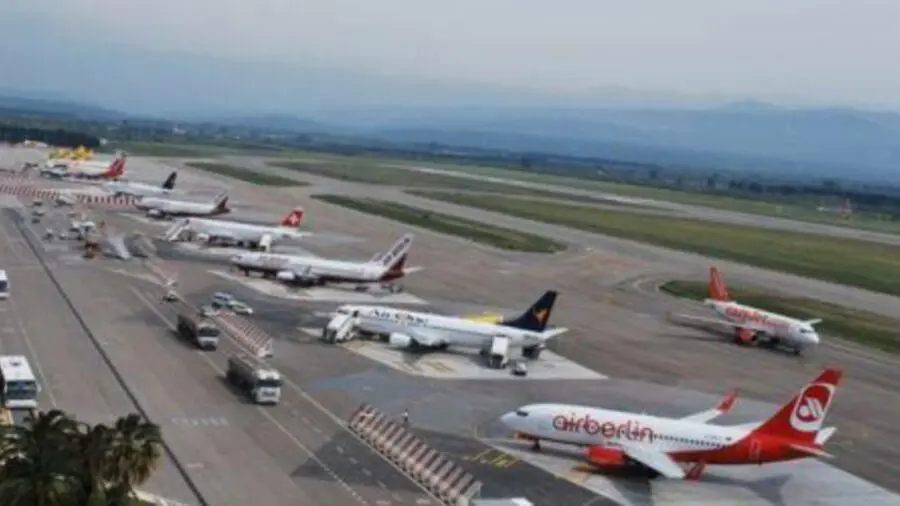Italy’s airport operators plan to invest €4 billion from now to 2021, based on the latest report from ENAC, driven by the growth in air traffic for both people and cargo.
 Over three-fourths of this sum – approximately €3 billion compared to the €1.8 billion in the previous five-year period – concerns the airport systems of Rome, Milanand Venice, while the rest, approximately €927 million (excluding public funding) will be distributed among the other 27 airports throughout the national territory.
Over three-fourths of this sum – approximately €3 billion compared to the €1.8 billion in the previous five-year period – concerns the airport systems of Rome, Milanand Venice, while the rest, approximately €927 million (excluding public funding) will be distributed among the other 27 airports throughout the national territory.
The constant growth in traffic has made improvment of the airports both necessary and urgent: the Italian system overall registered last year an increase of 4.5% (in line with that of 2014), exceeding 157 million passengers.
A trend confirmed in the first eight months of 2016 (+4.3% on an annual basis), driven by the major airports, from Rome’s Fiumicino to Venice.
Rome’s Leonardo Da Vinci airport at Fiumicino, which had over 40 million passengers in 2015 and for which a continuous growth in traffic is expected, can count on an almost €2-billion investment between 2017 and 2021.
To which sum can be added, specifies ADR which controls the airport, the approximately €400 million set aside for works to be completed by the end of 2016. Almost €40 million over 5 years instead will be spent for Rome’s smaller Ciampino airport, destined for a gradual downsizing.
In December the international boarding area “E” at Fiumicino will be inaugurated, ADR confirmed. Connected to this will be the new pier for the non-Schengen traffic: 90,000 additional square meters – a total investment of €390 million – to host over 6 million additional passengers yearly.
Included in the contract of the program for the next five years is the creation of a fourth runway, a €500-million project in the north quadrant of the airport.
Turning now to the Milanese airport system, managed by SEA, the planned investments up to 2020 for Linate and Malpensa, based on ENAC data, amount to €579 million. At Malpensa, work costing €266 million is planned with interventions that, after the decision not to add a third runway, will focus on air terminals and the aviation infrastructures, but also on the cargo side, for which Malpensa is a main hub.
The great effort, in any case, will be made at Linate: here more than €313 million will be spent, especially to improve the existing structures, both from a functional as well as rchitectural point of view.
The Marco Polo airport in Venice has registered a strong growth in passenger traffic in the first eight months of 2016 (+9.8% year-on-year), which is accompanied by renewed investments: SAVE will make available, over the next five years, more than €533 million (almost an additional €200 million compared to the 2012/2016 period).
By end-October there will be the inauguration of the moving walkway, a mechanized path connecting the air terminal to the future water-taxi piers; in April 2017, however, the first lot of the air terminal expansion (at a cost of over €150 million) will be completed.
The contract of the program for Bergamo – which has become the third national airport in terms of passenger traffic, thanks to the strong presence of Ryanair – counts on a €77.8-million budget to strengthen the current facilities.
Even in Bologna the boom in passengers (+12.6% year-on-year for the January-August period) drives investments: €112.4 million for the 2016-2019 period, with interventions on air terminals, aprons and taxiways; furthermore, the creation of a connection on track with People Mover between the train station and the airport (financed also by the Municipality) is under way.
Lastly, the Tuscany airport system uniting Pisa and Florence is also strategic. Work is scheduled (2015-2018) on it for over €85 million (€52 million for Pisa and €33 million for Florence) even if the new runway at the Florence airport is still undergoing the VIA (Environmental Impact Assessment, Ed’s note) procedure.
ITALY EUROPE 24
